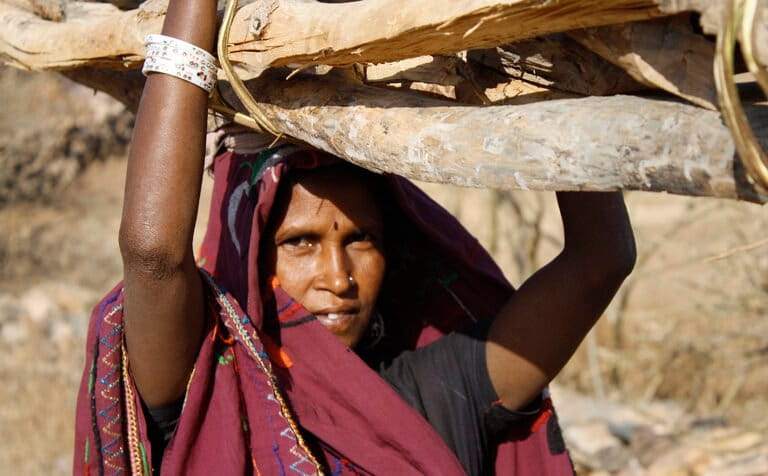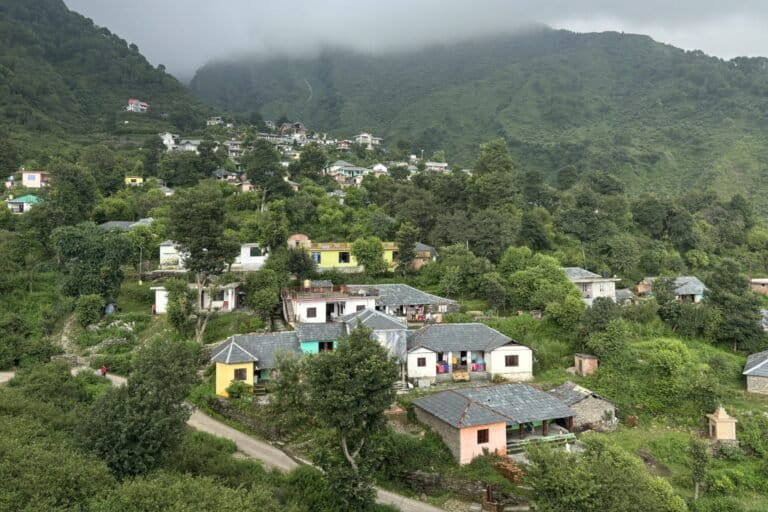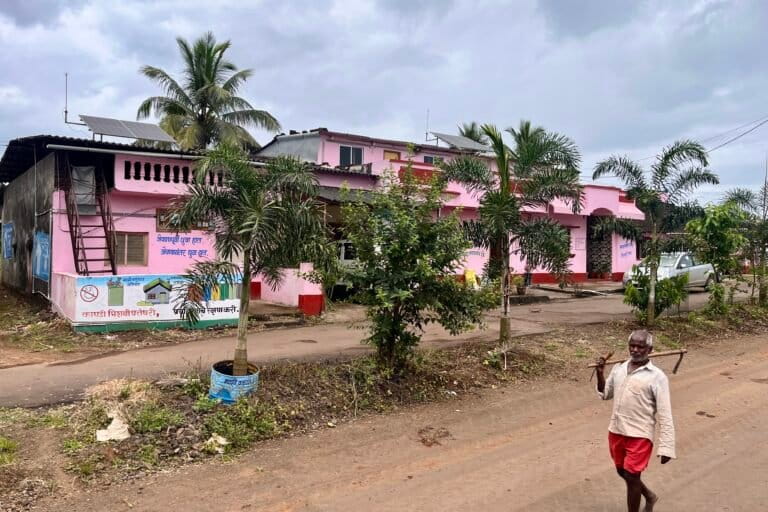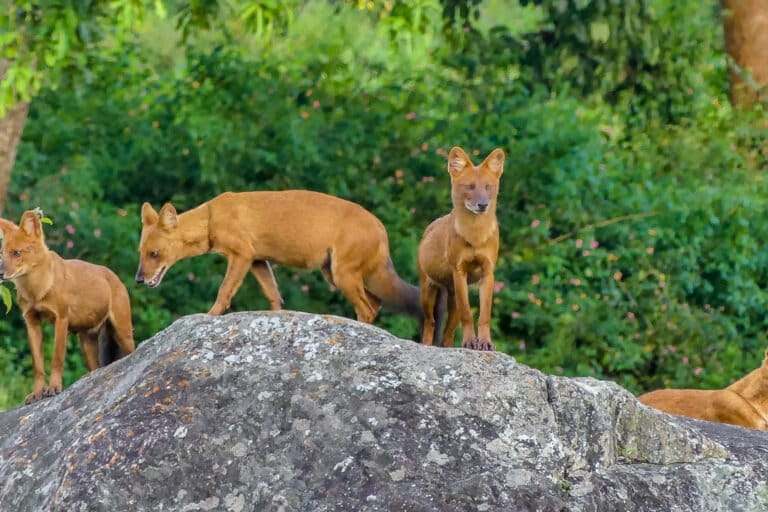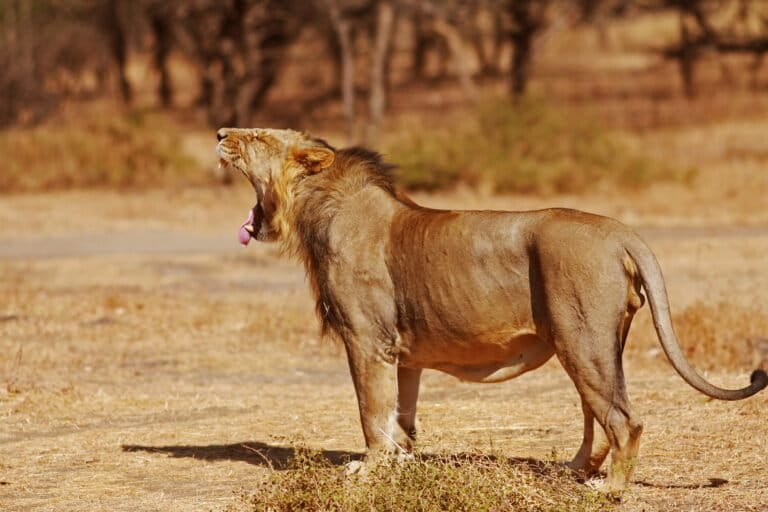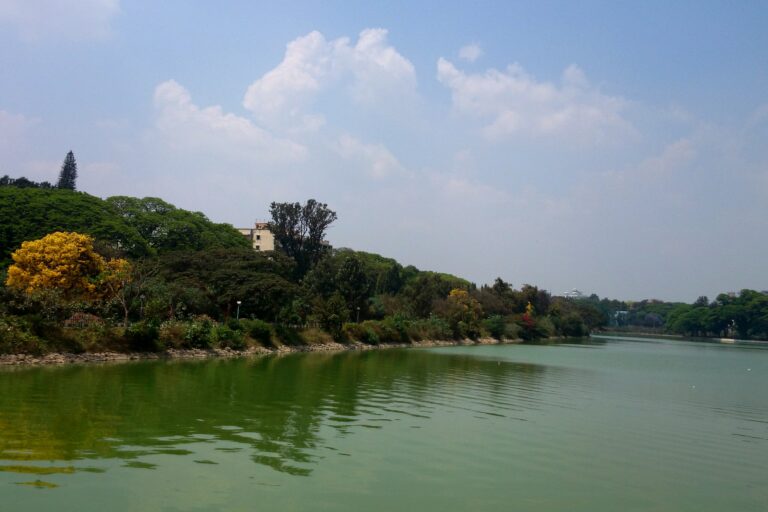- With marine fish production stagnating over the years, there is scope for supporting sustainable fishing practices to strengthen this sector.
- The Union budget is an opportunity to provide much-needed support for the marine fisheries sector.
- There is a need for exploring multiple food sources from the sea, innovate technologies and support all-round development of the fishing communities and the environment in which they fish.
The fisheries sector, within the primary (agricultural) sector of the Indian economy, is a future source of growth. But it is yet to receive adequate policy attention with a futuristic perspective and demarcate the space it deserves. While the fish production has increased from 5.3 million tonnes (MT) in 2000-01 to 12.3 MT in 2017-18, it is contributed more by an increase in the production of inland fisheries – from 2.5 MT to 8.8 MT.
Marine fish production is stagnating due to several factors, including over-capitalisation, climate change, marine pollution. As the Union finance minister is set to deliver the budget speech on 1st February, there is interest from the fisheries sector, since the Union budgets have a critical role in signalling investments and ensuring sustainable growth.
As issues of sustainability are looming large, it is important to promote responsible fisheries, both marine and inland, tap the untapped resources, generate more value out of fish and embrace the concept of complete utilisation of fish.
Reduce the carbon footprint
One critical factor in ensuring sustainable fisheries is to reduce the carbon footprint in fishing, as fossil fuel constitutes about 20 to 45% of the total operational expenditure, depending on the type of craft-gear combination. Energy efficient crafts and gear can reduce 15 to 20% of total energy needs. The Central Institute of Fisheries Technology (CIFT), Kochi, under the aegis of the Indian Council of Agricultural Research (ICAR) has designed energy efficient vessels for marine waters and solar fishing boats for inland waters. Gear designs like semi-pelagic trawls can reduce the environmental damage of trawling and reduce energy requirement. The existing vessels can be modified into energy efficient ones, and promote newer vessels with energy efficiency norms.
Subsidy for the fisheries sector is a contentious topic discussed under WTO regulations. Reducing the energy footprint in fishing has the potential to reduce the fiscal pressure on the government and transform unsustainable subsidies to green investments.
In view of the over-fishing and deteriorating marine health, FAO has brought out the Code of Conduct of Responsible Fisheries (CCRF), a non-binding agreement to promote sustainable fishing practices, to which India is a party. In tune with CCRF, Kerala state has brought out the Kerala Marine Fishing Regulation Act (KMFRA) in 2017, and rules in 2018, which prescribes a slew of technological and regulatory measures. The Act prescribes minimal legal size of fish, mesh size for gear system and size and engine capacity of vessels to prevent juvenile fishing, overfishing and other illegal fishing practices.
In addition, the Act envisages the formation of fisheries management councils – a three-tier system – for effective management and surveillance of fisheries and to see effective implementation of the provisions of the Act through a co-governance and participatory approach, with active involvement of fishermen and local self-governance institutions. In order to effectively implement the rules for fishing from the seas, characterised by open access resources, all the maritime states need to come together and undertake collective efforts. The budget can incentivise such an effort.
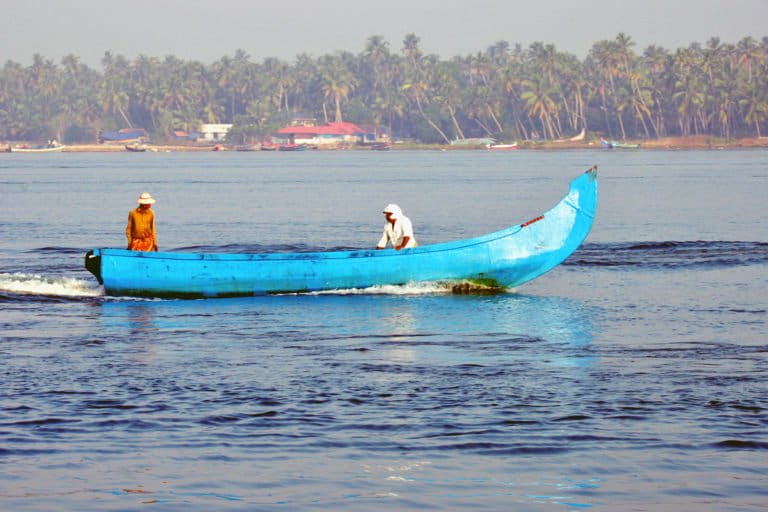
Explore different technologies and food sources
Seas are going to be the future source of food, particularly so in the context of water shortage in land based food systems, and diversion of land towards non-agricultural purposes and regulations to be brought in land utilization pattern. The present marine capture system is stagnating world over, and therefore, mariculture is gaining popularity. The technological options in this domain include several components such as recirculating aquaculture systems, integrated multi-trophic aquaculture, sea cage farming and off shore mariculture. India has taken initial steps in this direction. The present mariculture in India is concentrated more or less towards coastal and brackish waters. The sector needs support.
Seaweeds have emerged as an important food resource and valuable raw material for several chemicals useful for food industry, pharmaceuticals, fertilizers, biodiesel and animal feed. Currently about 80% of global seaweed supply comes from China, Japan and Korea. India is an insignificant player. Currently seaweed farming is practiced in smaller scales in some pockets, mainly in Gujarat and Tamil Nadu.
Marine biotechnology, bio-prospecting and development of secondary products from fish have potential for value generation. India has already performed well in development of chitin and chitosan, prominent secondary products from fish. There are several compounds that can be derived from aquatic animals and plants which include a product range of biofuels, drugs, and pharmaceuticals including those with anti-cancerous properties. However, India is yet to graduate into a significant player. The aquaculture is facing shortage of several inputs including fish seeds.
Reduce waste and improve value
As far as processing is concerned, only 23% of India’s fish catch is processed, and the rest is marketed fresh. The majority of exports are at a low level of value addition, in frozen and chilled form, without going for higher order “ready to eat” or “ready to cook” fish products. With a high potential for tuna harvesting in Indian waters, both in Eastern and Western coasts, India is unable to tap this markets due to poor efforts towards this in terms of developing a value chain warranting better handling facility and quality assurance.
India is yet to tap the deep resources and India’s presence is insignificant. The problem lies partly with inadequate efforts of domestic industries in exploring niche markets and technically equipping itself. Value addition of inland fish and fish products are quite less.
Fish waste, a highly proteinaceous resource, has high potential to be converted into value added products like fish meals for poultry feed, silage, foliar spray, manure etc. One estimate suggests that the annual production of fish waste is estimated to be around 5.7 million tonnes in 2017. Collection and aggregation of this waste is an issue, which can be addressed through institutional innovations. The success of utilising the entire quantity of shrimp and prawn shells for production of valuable chitin and its derivatives should serve as an indicator.
Another critical area for long term interest of Indian fishery is protection of coastal areas, and addressing the unsustainability issues arising due to human activities and climate change. There are evidences that mangroves and other physical barriers could significantly weaken the high energy waves striking on the coastlines.
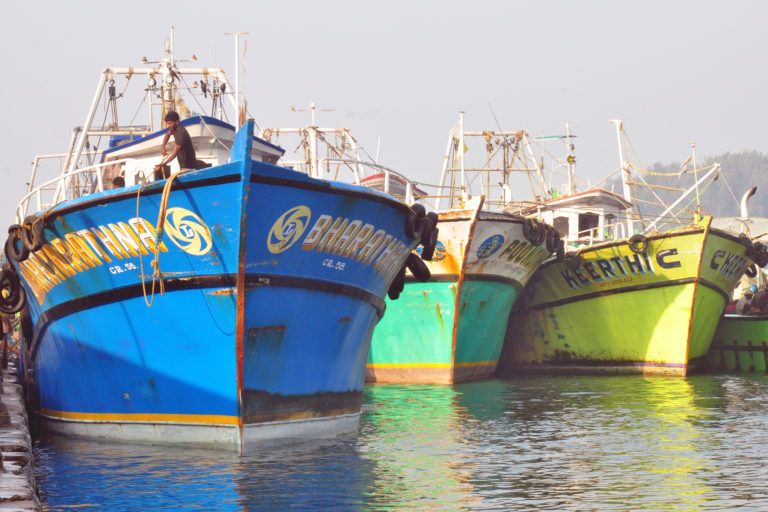
All-round growth needed
The services sector in fisheries needs further boosts, particularly with respect to development of an extension system and insurance for both marine and inland capture and culture fisheries. A vibrant extension system is required to transfer the technologies as well as to develop skills in both culture and capture fisheries, and harvest and post-harvest activities. The skill gap is glaring in several areas of fisheries, including culture practices, usage of advanced fishing techniques, communications skills at sea, usage of safety equipment, vessel servicing, advanced processing, and quality control.
The development of fishermen community needs to be recognised as an integral element of fisheries development and an essential condition for promoting sustainable fisheries. It is high time to prioritise investments and signal areas of development. The fishery development programme of the union government is currently spearheaded through three centrally sponsored schemes: Blue Revolution – Integrated Development and Management of Fisheries, an umbrella programme merging all the existing schemes started in 2014-15; and the Fisheries and Aquaculture Infrastructure Development Fund (FIDF); and a recently announced the Pradhan Mantri Matsya Sampada Yojana targeting aquaculture development. The budget is an opportunity to accelerate investments in sustainable fisheries and value chain development.
A. Suresh, V.K. Sajesh and Manoj P Samuel are scientists at ICAR-Central Institute of Fisheries Technology, Kochi. Views are personal.
Banner image: Fish catch heaped at a harbour for auctioning. Photo by Sibasis Guha/ICAR-CIFT.







